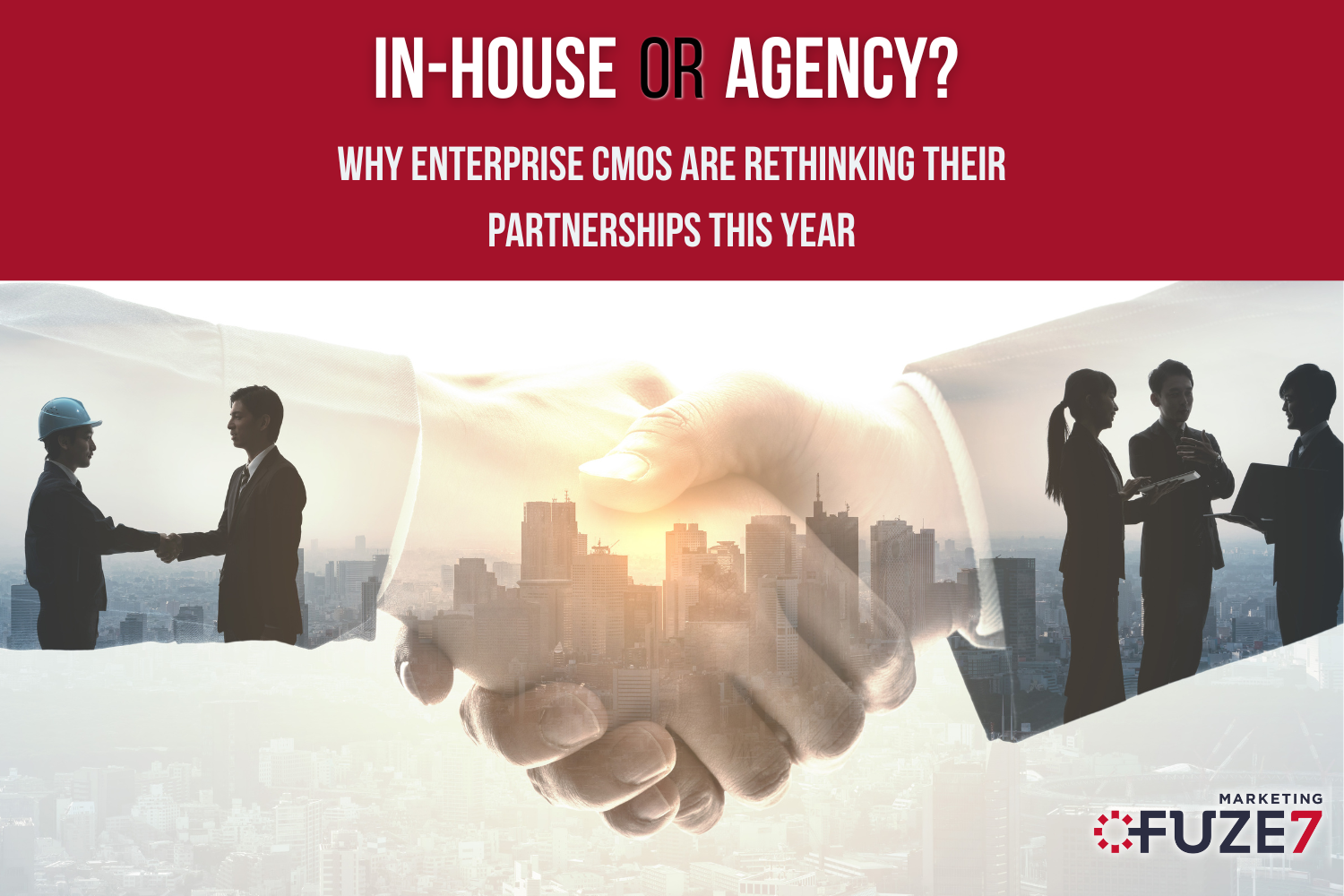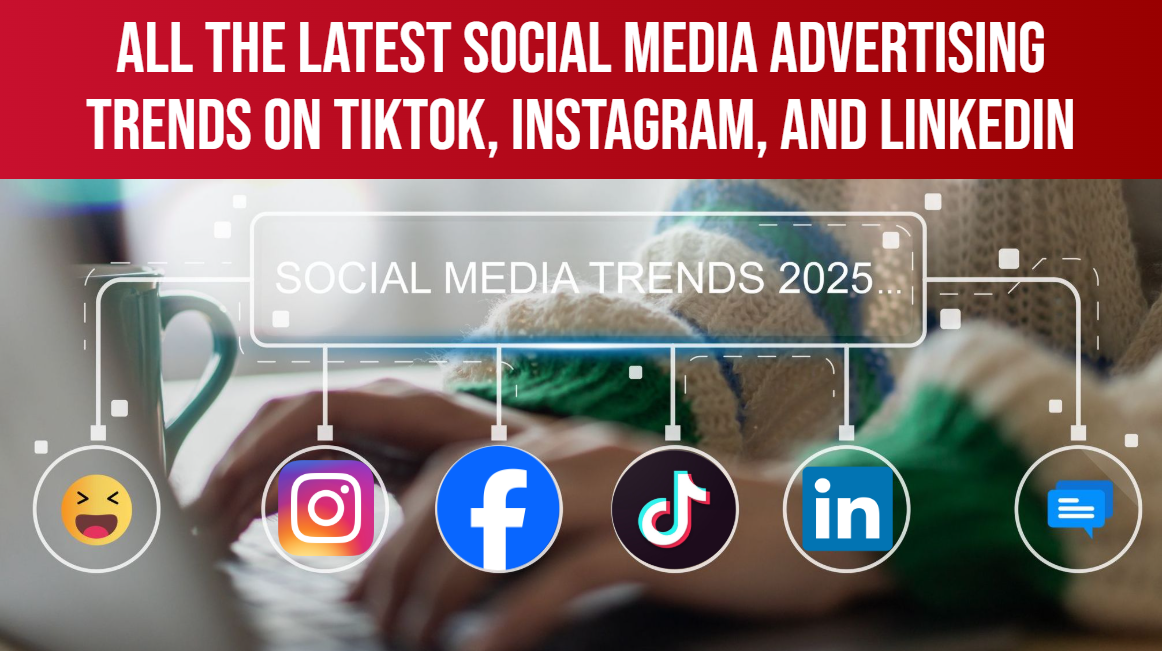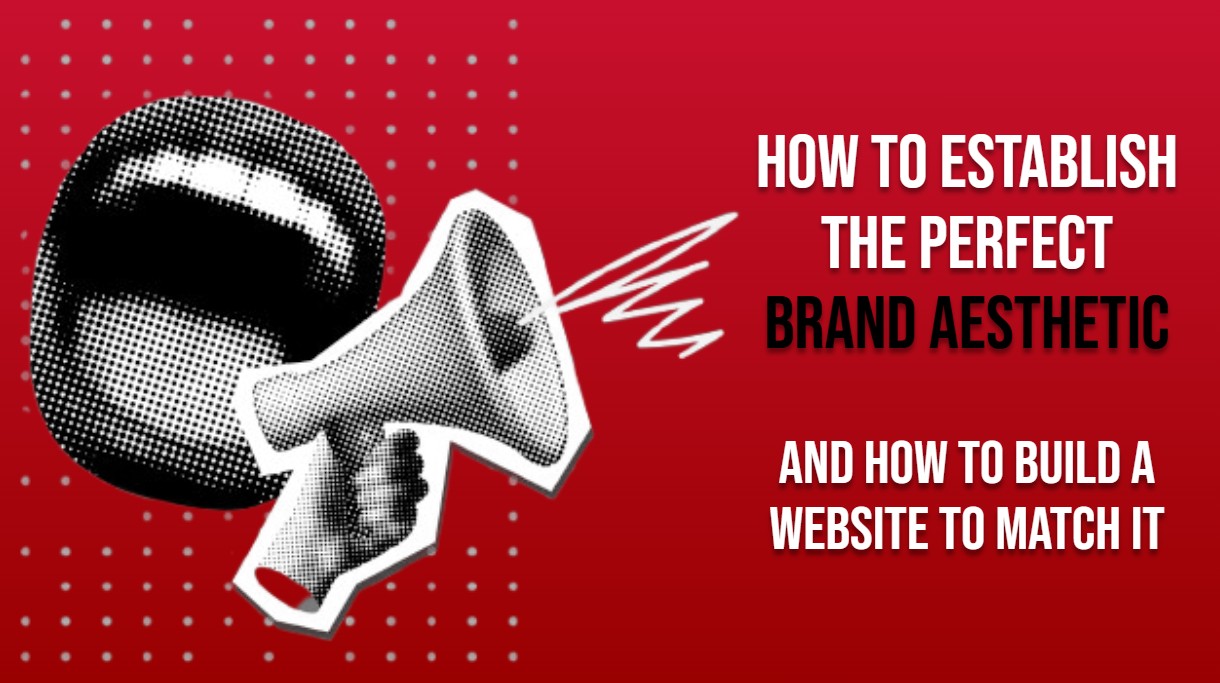The holidays are a marketer’s Super Bowl, except the season is longer, expectations are higher, and the pressure to bring in a year’s worth of revenue is real. Every brand is fighting for the same attention, the same wallet share, and that same precious screen time.
If you’re feeling the weight of it all, you’re not alone. Many established companies, even the ones with entire internal marketing teams, struggle to strike the right balance between paid advertising and organic marketing during the holiday rush.
With the cost of paid ads skyrocketing and every competitor launching holiday campaigns before Halloween décor even hits clearance, one question looms: Should you invest more heavily in paid ads for fast holiday conversions, or focus on strengthening organic marketing for long-term brand growth?
The truth: You need both, but the mix and strategy matter. This guide breaks down where each approach shines, how to leverage them together, and what large brands often miss when planning their holiday marketing.
Why Brands Can’t Rely on Paid Holiday Ads Alone
Let’s be honest, your CFO already knows Q4 ad spend is about to hurt. Competition is fierce. Cost-per-click increases. CPMs surge. Audiences fatigue faster. And the timeframe to convert is significantly shorter.
But paid ads still have their power plays.
Where Paid Ads Win During the Holidays
Paid ads excel when your goals are speed, visibility, and targeting precision. With the right holiday campaigns, you can:
- Reach high-intent buyers at the exact moment they’re ready to purchase
- Retarget warm leads and customers who abandoned carts
- Launch seasonal offers that convert quickly
- Scale your reach beyond your existing audience
But the biggest trap larger brands fall into? Treating paid ads as a solo strategy rather than part of an integrated ecosystem. Paid ads work best when amplified by strong organic marketing that warms your audience before they encounter your offer.
Because if consumers have never heard of you, loved you, or trusted you prior to December, your ad costs will reflect that.
The Holidays Are Not the Time to Ignore Organic Marketing
Organic marketing is your long-term power source, and the holidays are where the payoff shows. If you’ve been consistently investing in organic marketing strategies all year, your brand walks into Q4 with:
- Higher trust and brand recognition
- Lower acquisition costs
- Warmer audiences already primed to convert
- Loyal community engagement that amplifies campaigns for free
Organic marketing pulls holiday ad performance up by the bootstraps. But here’s the holiday reality: Many large companies try to “go organic” three weeks before Black Friday and expect magic. Organic growth doesn’t sprint; it compounds.
So if you skipped nurturing your audience all year, now is the time to start, not step back. And if you did stay consistent, the holidays are your moment to reap the ROI.
Social Media Marketing Is the Unsung Hero of Organic Growth
If your brand’s social media presence looks like a ghost town until it’s time to post your “Big Holiday Sale,” you’re missing one of the most powerful organic marketing engines out there.
Social media marketing during the holidays isn’t just about aesthetics but also about momentum. When your brand shows up consistently on platforms like Instagram, LinkedIn, or TikTok, your audience starts engaging before they’re in buying mode. And that engagement —likes, shares, comments, and saves —translates into organic reach that paid ads simply can’t buy.
Here’s the kicker: organic social growth directly impacts paid advertising efficiency. The stronger your community engagement, the lower your CPMs and the higher your click-through rates. Why? Because social algorithms reward brands that already spark authentic interactions.
How to Leverage Social Media for Organic Holiday Wins
To win on social media during the holidays, start by creating early buzz. Begin building momentum in October with behind-the-scenes posts, product teasers, and holiday prep stories that spark anticipation.
Next, double down on user-generated content. Nothing communicates authenticity quite like real customers showing how your brand fits into their holiday season.
You’ll also want to use social SEO to your advantage. Optimize captions, hashtags, and alt text for trending holiday keywords so your content can appear in search results, not just feeds.
And finally, engage like a human, not a logo. Reply to comments, reshare community posts, and show the people behind your brand. When your team’s personality shines through, your social presence becomes more relatable.
Social media isn’t just where your customers hang out, but also where they decide who feels relatable and trustworthy. When you invest in consistent, creative organic content, you build an audience that’s ready to buy before your holiday campaigns even launch.
And when that happens? Your paid ads go from isolated to integrated when you think smarter and grow faster.
Your Holiday Marketing Strategy Needs Both
The smartest brands don’t choose paid vs. organic. They choose to work paid and organic together to create a full-funnel holiday ecosystem.
Fast Conversions on Holiday Offers
Use paid ads to achieve speed and expanded reach.
Brand Credibility and Trust
Build with organic marketing for depth and long-term ROI.
Scaling Audiences Before Key Sales
Combine organic and paid efforts to lower acquisition costs.
Re-Engaging Past Website Visitors
Utilize paid retargeting for high conversion potential.
Increasing Lifetime Value
Focus on organic nurturing to strengthen brand affinity over time.
Paid gets the attention. Organic gets the loyalty. Together, they get the repeatable ROI.
Holiday Marketing Can Be Too Heavy for Most Internal Teams
Your internal team is already at capacity by October. Budgets must be approved. Creative needs planning. Landing pages need to be built. Holiday email automation must be scheduled. Social calendars should already be complete. And then leadership says:
“Let’s add influencer campaigns, a new holiday video series, and 12 additional ad variations.”
It’s not that your team isn’t capable, but holiday marketing done right requires synergy, specialization, and execution at scale. This is usually the moment when the smartest brands decide not to carry the entire Q4 burden internally.
They call in a partner to handle paid ads, organic marketing, SEO, social content, email, and creative strategy under one roof, so your team can focus on what they do best. Because when everything, from Google Ads to Instagram Stories to your website conversion rate, supports the same strategy, your results don’t just improve; they multiply.
What a High-Performing Holiday Marketing Mix Looks Like
If you want to compete at the top of your industry this holiday season, here’s a formula to guide your investment:
30%–50% Paid Advertising: To capture high-intent seasonal buyers and rapidly scale your reach.
50%–70% Organic Marketing: To elevate brand authority, grow engagement, and influence buying decisions before your paid ads show up.
Your percentages may shift depending on brand maturity, audience size, and industry, but one thing stays constant: Paid efforts convert best when audiences are nurtured before the holidays arrive.
Partner with Fuze7 Marketing for a Better Holiday ROI
The holidays aren’t just about big ad budgets but also about strategic synergy. When your paid ads and organic marketing work together, every campaign hits harder, costs less, and builds momentum into the new year.
At Fuze7 Marketing, we help leading brands turn scattered marketing efforts into cohesive, data-driven strategies that deliver measurable ROI. From paid search and social campaigns to long-term SEO and organic content growth, our full-service approach ensures every channel supports your revenue goals.
This holiday season, don’t just compete—dominate. Get in touch with Fuze7 Marketing to increase your 2025 ROI and build a solid foundation for the 2026 holiday season.








